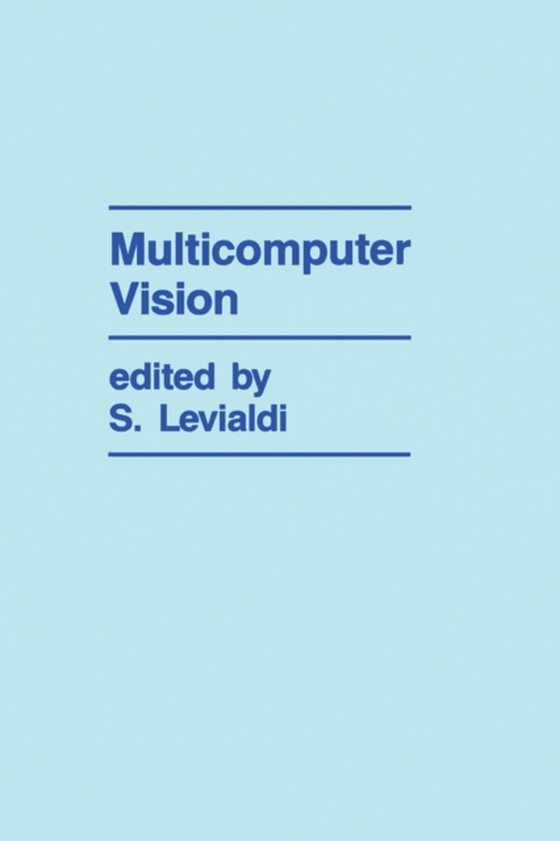
Multicomputer Vision e-bog
436,85 DKK
(inkl. moms 546,06 DKK)
Multicomputer Vision is a collection of papers and discussions presented at the 8th Workshop on Multicomputers, held in Rome, Italy on June 2-5, 1987. Contributors present multicomputer algorithms for image processing, evaluation and suggestions on multicomputer systems, and new designs in advanced architectures for computer vision. Separating 12 papers into chapters, this book first describes...
E-bog
436,85 DKK
Forlag
Academic Press
Udgivet
1 januar 1988
Længde
216 sider
Genrer
Materials science
Sprog
English
Format
pdf
Beskyttelse
LCP
ISBN
9780323141154
Multicomputer Vision is a collection of papers and discussions presented at the 8th Workshop on Multicomputers, held in Rome, Italy on June 2-5, 1987. Contributors present multicomputer algorithms for image processing, evaluation and suggestions on multicomputer systems, and new designs in advanced architectures for computer vision. Separating 12 papers into chapters, this book first describes a pyramidal algorithm for image segmentation based on the definition of the "e;bimean of a population. It then examines the use of Polymorphic Torus architecture to yield positive results in the computation of Hough Transform through executing mesh and tree algorithms. The succeeding papers present the five-level quad-tree pyramid algorithm based on chips from the MPP machine and the algorithm databases required for scheduling and reconfiguration decisions based on the user's task definition. Other chapters oriented towards the evaluation of multicomputer systems are also provided. These chapters include discussions on multi-processor architectures based on perceptual tasks, the advantages of fine grain associative string structure for general purpose computer vision system, and the use of identical single processor elements for comparison between processor arrays and pipeline computers. The book also contains papers oriented on the design features of new multiprocessor architectures. These papers discuss the memory limitations of parallel machines and the physical realization of a one-dimensional array of 128 to 1024 identical processors. This book provides an informal frame of reference to researchers who are interested in the design and development of algorithms, and architectures or languages of multiprocessor systems.
 Dansk
Dansk

